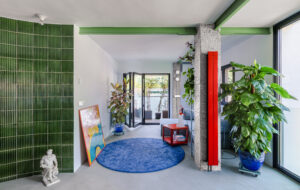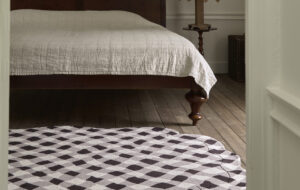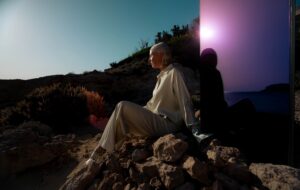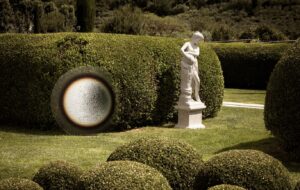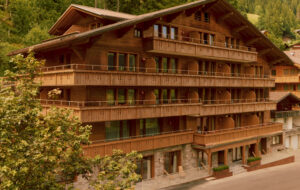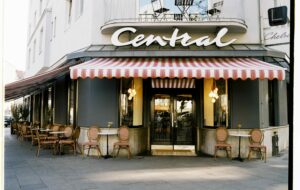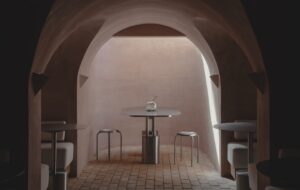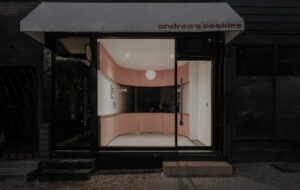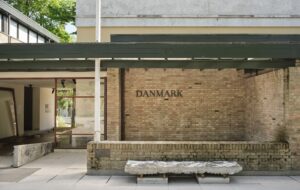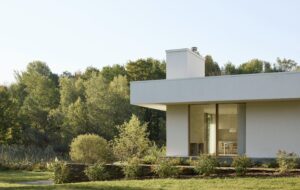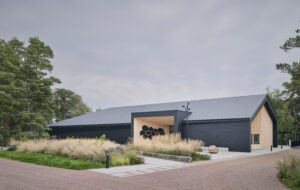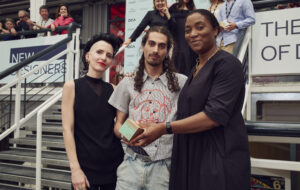Get a curated collection of design and architecture news in your inbox by signing up to our ICON Weekly newsletter
As it marks its 100th birthday, the hillside signage first erected to advertise a local housing development remains one of our most famous symbols of place
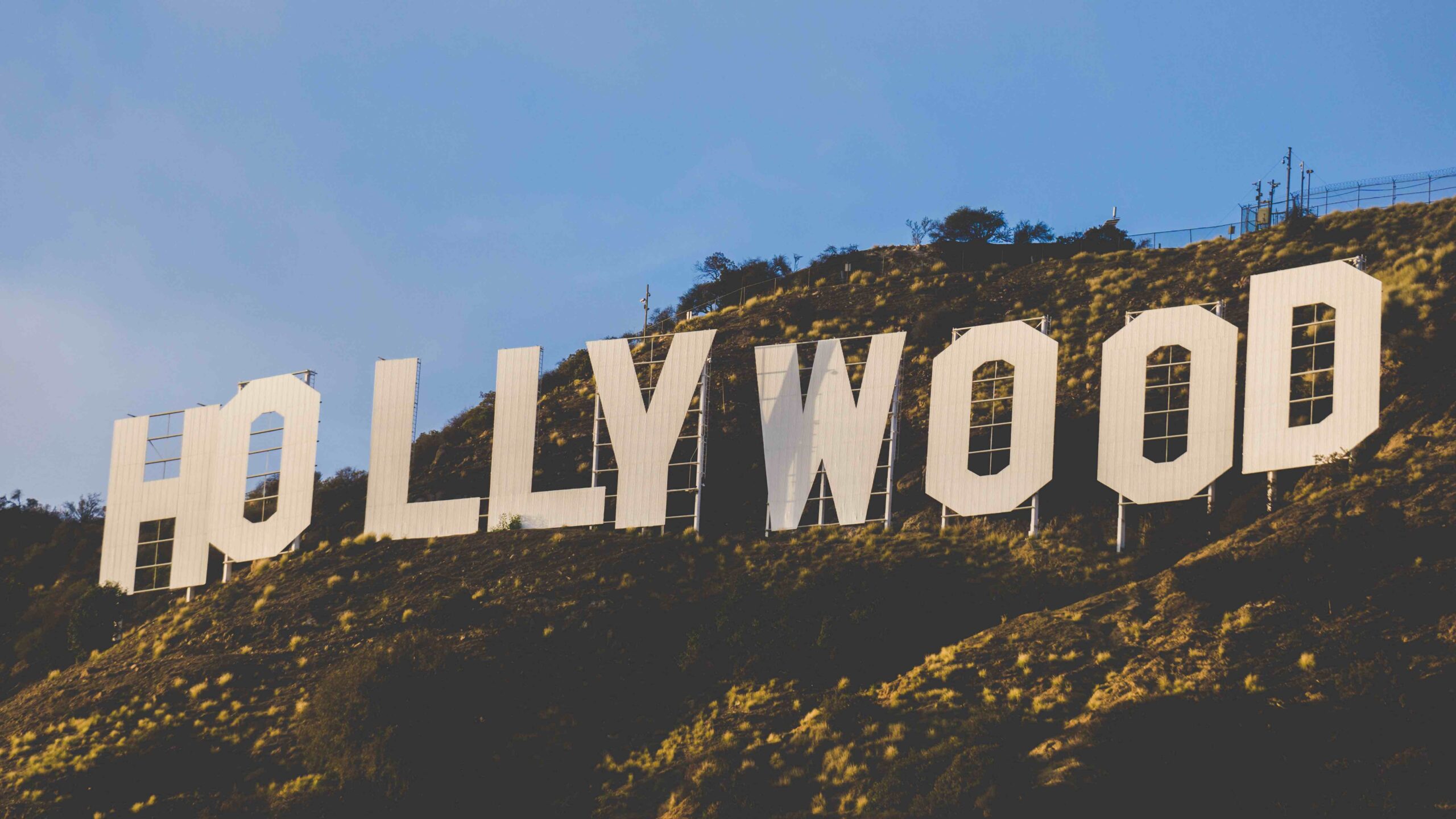 Photography by De’Andre Bush courtesy of Unsplash
Photography by De’Andre Bush courtesy of Unsplash
Words by Anthea Gerrie
It must be the humblest structure ever to become an urban icon – the Hollywood Sign, celebrating its centenary this year. Not the original wooden letters, only intended to last 18 months when erected on the slopes of California’s Mount Lee to promote an upmarket 1920s housing estate, but the design, which remains unchanged but for the lopping off of four letters to rebrand the ex-property billboard a geolocator as identifiable with its location as the Statue of Liberty or Eiffel Tower.
It started life as Hollywoodland, named for the still-standing enclave of homes in the ‘storybook style’ of which Los Angeles, with its mish-mash of reimagined Normandy chateaux, Tudor magpie cottages, gingerbread houses and faux-Spanish haciendas, is the world capital. Spelled out in giant letters 15m high and 9m wide, its blocks were supported during construction by poles which had to be dragged to the site by mules.
Electricity lent star quality to the spare but elegant design: 4,000 light bulbs programmed to sequentially illuminate the gently undulating sign syllable by syllable as dusk fell, with a searchlight ensuring no-one could miss the world’s most glamorous billboard. ‘It soon took on the role of a giant marquee for a city constantly announcing its own gala premiere,’ says Jeff Zarrinnam, chair of the Hollywood Sign Trust now charged with preserving and promoting the sign.
Designer Thomas Fisk Goff, owner of the Crescent Sign Company which executed construction, delivered a level of workmanship to be proud of – it was more than 20 years before the sign deteriorated to the point it needed to be replaced. Some locals advocated demolition of the ramshackle boards they viewed as an eyesore, but the Hollywood Chamber of Commerce was understandably reluctant to bid farewell to a now world-famous branding opportunity in situ. It cut a deal with the Los Angeles Parks Department to rebuild with sheet metal to fortify the wood, losing the last syllable to create what in 1949 became simply the Hollywood Sign.
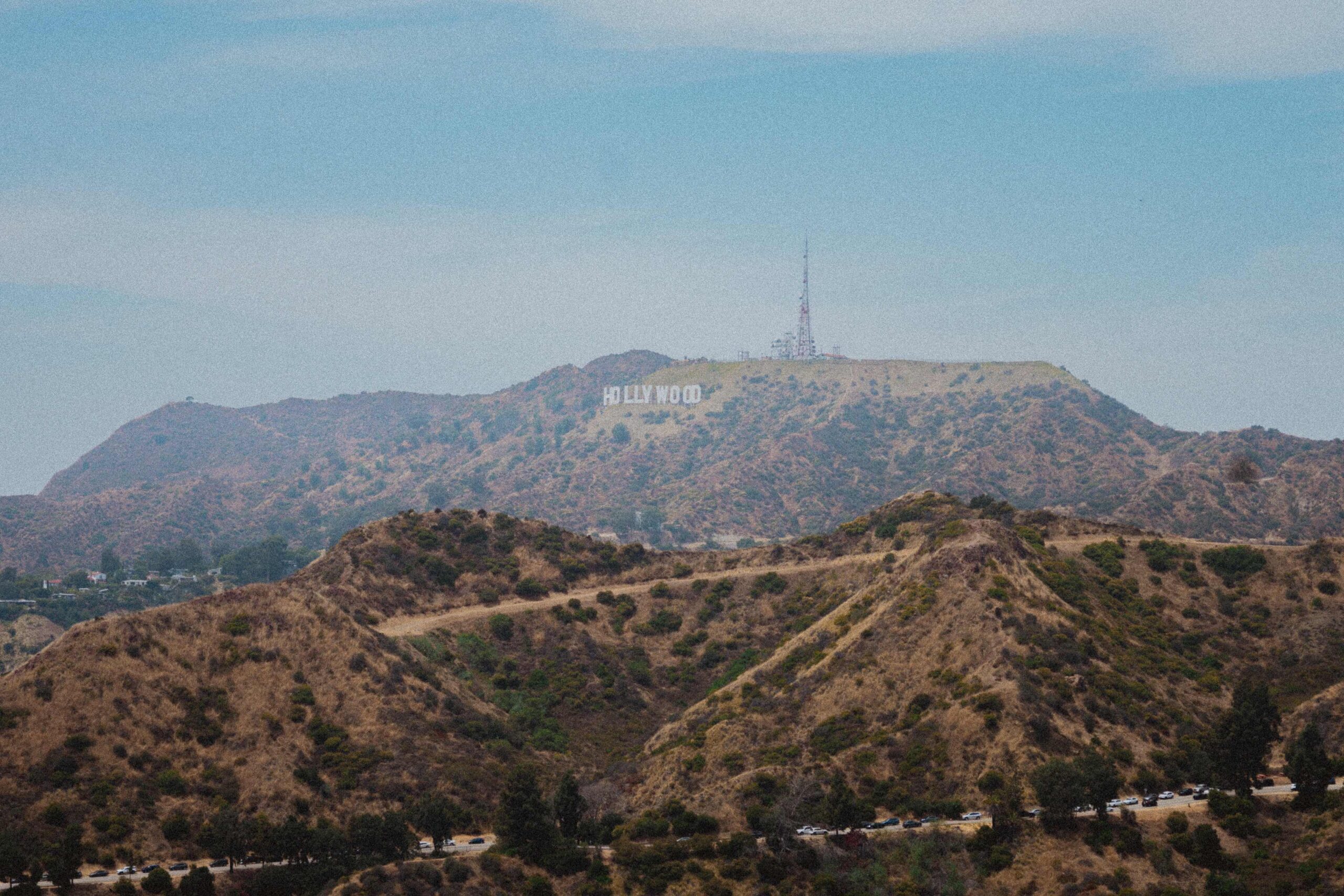 Photography by Martii Tolentino courtesy of Pexels
Photography by Martii Tolentino courtesy of Pexels
Fast forward 30 years, and just like the H destroyed by wind in 1944, two of the three O’s succumbed to the weather, sparking a fundraising campaign headed by Playboy founder Hugh Hefner to once again rebuild, this time better. Rocker Alice Cooper, crooner Andy Williams and singing cowboy Gene Autry were among the celebrities who donated nearly $28,000 apiece towards a total of $250,000 to create the 1978 sign which stands today, its letters now reduced by 10% in height to 13.4m and made of metal underpinned by a steel framework.
Regular repainting with 250 gallons (1,135 litres) of exterior latex in a new shade of “extra white” specially created for the task has kept the sign looking fresh, although it’s been tougher keeping wags from using the landmark to make their own social comment. Not surprisingly, with California leading the boom in marijuana consumption, it’s twice been altered to read HollyWEED in celebration of the move towards state legalisation, and it even temporarily became HOLYwood to mark Pope John Paul II’s visit to Tinseltown.
Access, which for decades following the 1932 suicide of actress Peg Entwistle, who leapt to her death from the top of the H, was strictly limited, is now eased and encouraged, with a once-unimaginable visitors’ centre being planned. ‘Over the years, visitors and locals have expressed great interest in a “close-up” experience where they can learn more about the roots of the sign, its legendary stories and the epic hopes and dreams it continues to inspire,’ says Zarrinnam.
In the meantime, hikers are welcome to walk in from hard-to-find Innsdale Drive to stroll around the base and into Hollywoodland itself, many of whose fantastical houses have outlived the original billboard and are still standing.



